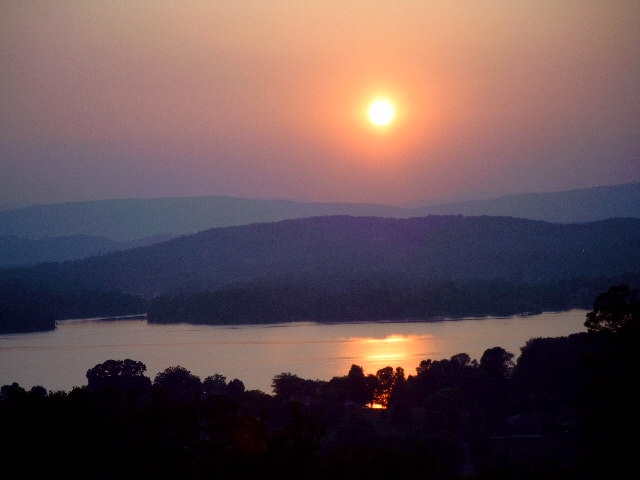By Joseph Willis
Spring, 1780
Present-day Kingston, Tennessee
The confluence of the Tennessee River and the Clinch River
It was in the Spring of 1780, that Richard Curtis and others left South Carolina and traveled by land to the northeastern corner of Tennessee, to the banks of the Holston River.
There they built three flat boats, and when the Holston River reached sufficient depth toward the end of that year, they set out for the Natchez country of Mississippi by way of the Holston, Tennessee, Ohio, and Mississippi Rivers.
When they reached the confluence of the Tennessee River and the Clinch River (near present-day Kingston, Tennessee) they were attached by Cherokee.
The first two boats escaped, but the third, which was traveling at a distance from the other two, was captured. The price paid for this attack was high, for the Cherokee contracted smallpox from them and many died. Those on the first two boats continued on their voyage and landed safely at the mouth of Cole’s Creek about 18 miles above Natchez.
Twelve years past, in 1792, before Fort Southwest Point was built at the location of this attack. Fort Southwest Point was situated on a hill overlooking the confluence of the Tennessee River and the Clinch River. The Cherokee used this hill as a lookout to guard their land. They had lived and hunted in the area for centuries. In 1792 a blockhouse was also constructed about 1/2 mile upstream from Fort Southwest Point. It was constructed at the boundary between the U. S. Territory and the Cherokee Nation, as defined by the 1791 Holston Treaty where the Clinch River flows into the Tennessee River.
During Curtis’s trip, in 1780, the Cherokee–American wars (1776 to 1795) also known as the Chickamauga Wars, was raging between the Cherokee (Ani-Yunwiya, Tsalagi) and the Americans on the frontier. Not far from there and just five years before, in 1775, Daniel Boone set off from the Long Island of the Holston River, a sacred Cherokee site located in present-day Kingsport, Tenn.
The stage was now set for a second trip, in 1798, by Richard Curtis on the same rivers he had traveled in 1780. This time he would bring along a friend, Joseph Willis (a half-Cherokee) who planned to go farther than Curtis had ever dreamed—the Louisiana Territory and even into “No Man’s Land,” between the lawless Calcasieu and Sabine rivers.
At Natchez, in 1798, Joseph Willis crossed the mighty Mississippi River into the Louisiana Territory. The Code Noir, the “Black Code,” ruled the Louisiana Territory. This decree from King Louis XIV regulated, among other things, the condition of slavery and the activities of free people of color. It also restricted religion to Roman Catholicism, forbidding the exercise of any other religion. The Black Code was in effect by law until the Louisiana Purchase on April 30, 1803. In reality, it was a hindrance to the preaching of the Gospel for many decades after the Louisiana Purchase.
Joseph Willis swam the mighty Mississippi River at Natchez at the peril of his own life, riding a mule! He would ride that mule into the heartland of the Black Code, south Louisiana. It almost cost him his life.
In the Louisiana Territory Joseph Willis would:
- Enter hostile Spanish-controlled Louisiana Territory, when the dreaded Code Noir (Black Code) was in effect. It forbade any Protestant ministers who came into the territory from preaching.
- Preach the first Gospel sermon by an Evangelical west of the Mississippi River.
- On Nov. 13, 1812, Joseph Willis constituted Calvary Baptist Church at Bayou Chicot, Louisiana. He went on to plant over twenty churches in Louisiana.
- Oct. 31, 1818, Joseph Willis (and others that had followed him from the Carolinas) founded the Louisiana Baptist Association, at Beulah Baptist in Cheneyville. Joseph had also founded all five charter member churches.
- In 1827, Joseph Willis began to establish churches in “No Man’s Land.” Because it was so dangerous there, the Roman Catholic Church waited another half-century to do so.
- After overcoming insurmountable obstacles, he blazed a trail for others for another half-century that changed American history. His accomplishments are still felt today.
Randy Willis is a fourth great-grandson of Joseph Willis, and his foremost historian. His work can be found on his website, blog and personal page for his book.




